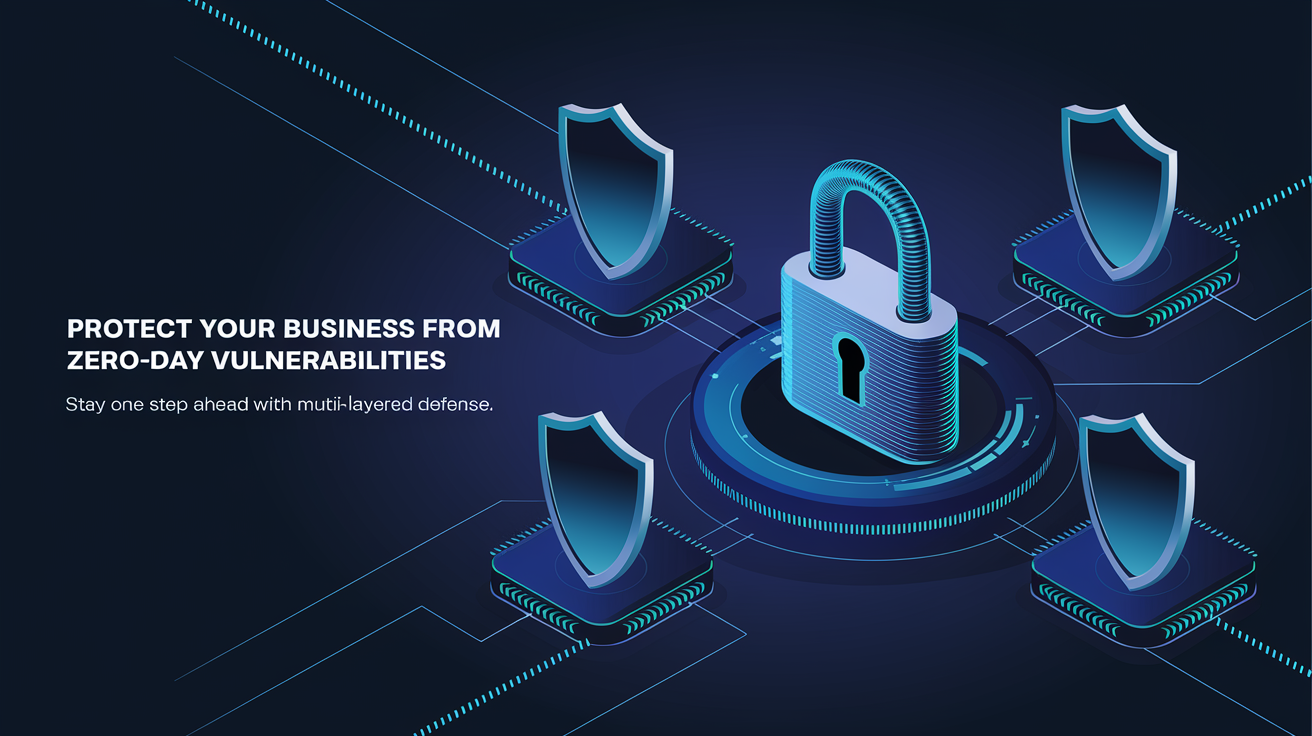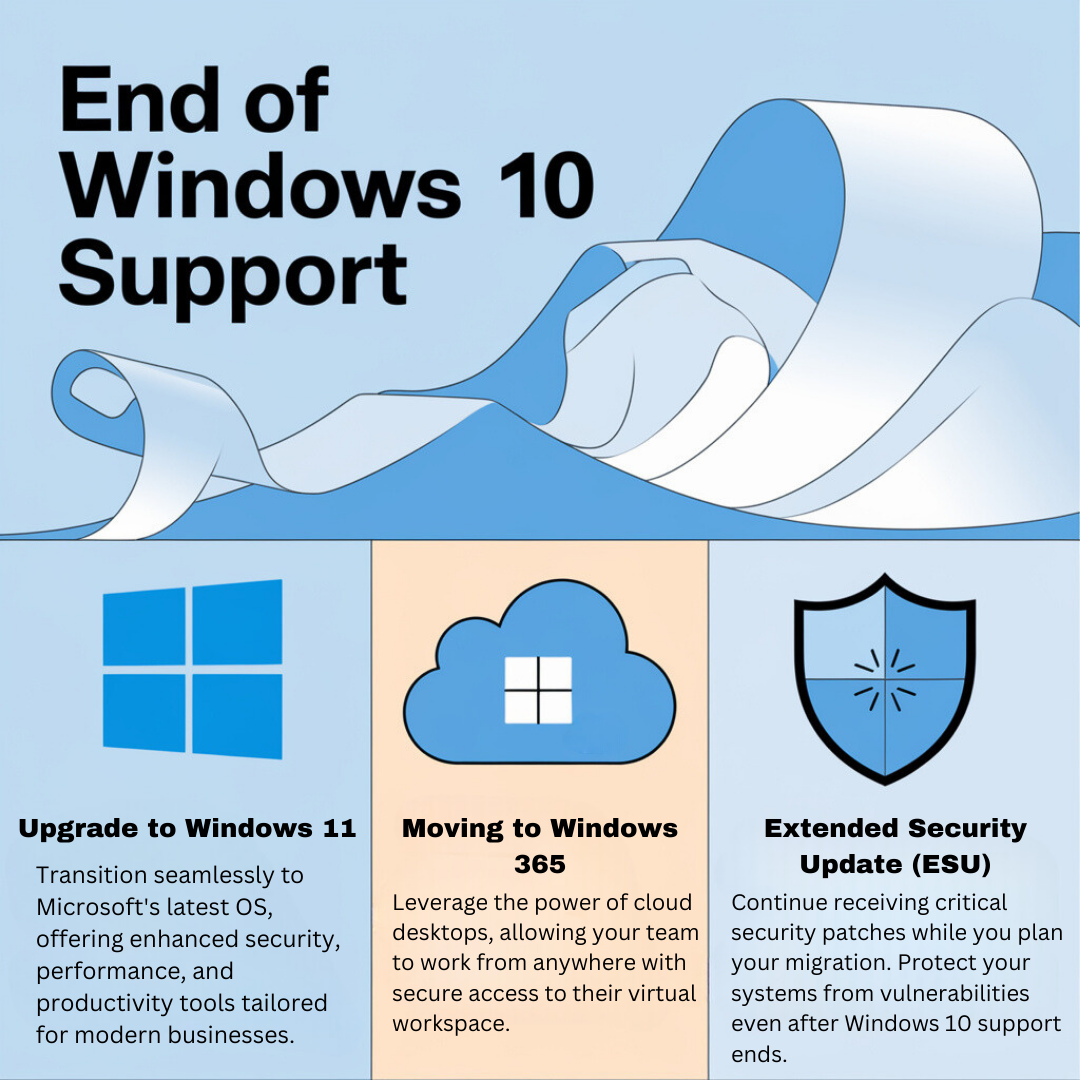
The rise of cyber threats has made it clear that traditional security models are no longer sufficient to protect sensitive data and systems. This is where the Zero Trust model comes in—a revolutionary approach to cybersecurity that assumes no user or device can be trusted by default, regardless of their location within or outside the network. Recognizing the critical need for robust cybersecurity, Microsoft and the National Institute of Standards and Technology (NIST) have joined forces to make Zero Trust more accessible and implementable for organizations worldwide. At Digital Bunker 365, we’re committed to helping organizations navigate this new security landscape.
What is Zero Trust and Why is it Important?
Zero Trust is a security framework built on the principle of "never trust, always verify." Unlike traditional models that rely on a secure perimeter to protect assets, Zero Trust requires continuous verification of every access request to ensure that only authorized users and devices can interact with critical systems. This approach significantly reduces the risk of data breaches and unauthorized access, making it an essential strategy in today’s complex digital environment.
Microsoft and NIST’s Collaboration: A Strategic Partnership
Since 2022, Microsoft has been actively collaborating with NIST’s National Cybersecurity Center of Excellence (NCCoE) to develop practical, step-by-step guides for implementing Zero Trust. This collaboration is crucial because it bridges the gap between theoretical cybersecurity concepts and real-world application, providing organizations with the tools they need to adopt a Zero Trust framework effectively.
The partnership has resulted in the release of the Zero Trust Architecture 1800-35 practice guide, which offers practical scenarios and implementation strategies. This guide is particularly valuable for organizations looking to secure their IT environments without disrupting daily operations.
Key Principles of Zero Trust
The core principles of Zero Trust revolve around three main concepts:
-
Assume Compromise: Always operate under the assumption that a breach could occur at any time. This mindset encourages proactive security measures and continuous monitoring.
-
Verify Explicitly: Every access request must be authenticated and authorized based on all available data points, including user identity, location, device health, and data classification.
-
Least Privilege Access: Users and devices should only be granted the minimum level of access necessary to perform their tasks, limiting potential damage in case of a breach.
Digital Bunker 365’s Role in Zero Trust Awareness
At Digital Bunker 365, we believe in the importance of staying ahead of the curve when it comes to cybersecurity. While we may not yet offer direct Zero Trust implementation services, our mission is to educate and empower organizations to understand the critical role that Zero Trust plays in modern security strategies.
Here’s how we’re contributing to this mission:
-
Educational Resources: We provide comprehensive resources and insights to help organizations understand the Zero Trust model, its benefits, and how it can be applied to their specific IT environments.
-
Strategic Partnerships: By collaborating with industry leaders and staying informed about the latest developments from Microsoft and NIST, Digital Bunker 365 is positioned to guide our clients towards making informed decisions about their security posture.
-
Ongoing Support: As organizations explore the transition to Zero Trust, Digital Bunker 365 offers ongoing support in understanding and planning for the necessary steps, ensuring that businesses are prepared for a more secure future.
The Future of Zero Trust
As cyber threats continue to evolve, the need for a robust and adaptable security model like Zero Trust will only increase. The collaboration between Microsoft and NIST represents a significant step forward in making Zero Trust more accessible to organizations of all sizes. By staying informed and proactive, and with the guidance of Digital Bunker 365, your organization can ensure that its IT infrastructure remains secure, resilient, and ready for the future.
Conclusion:
Zero Trust is more than just a buzzword—it’s a necessary evolution in cybersecurity. With the combined expertise of Microsoft, NIST, and the guidance of Digital Bunker 365, organizations now have the resources they need to successfully navigate this new landscape, ensuring that their IT infrastructure remains secure and adaptable.




